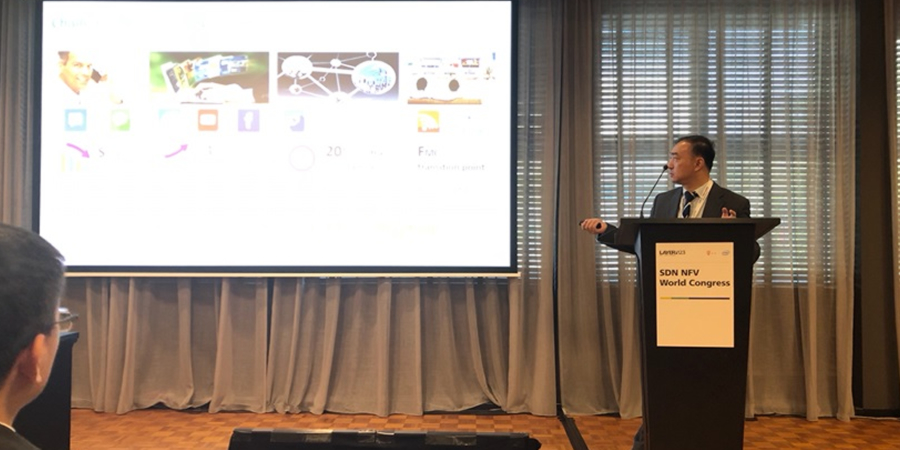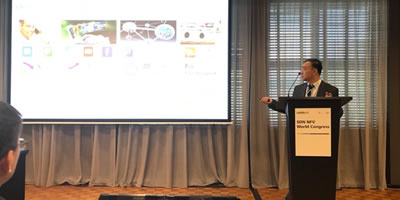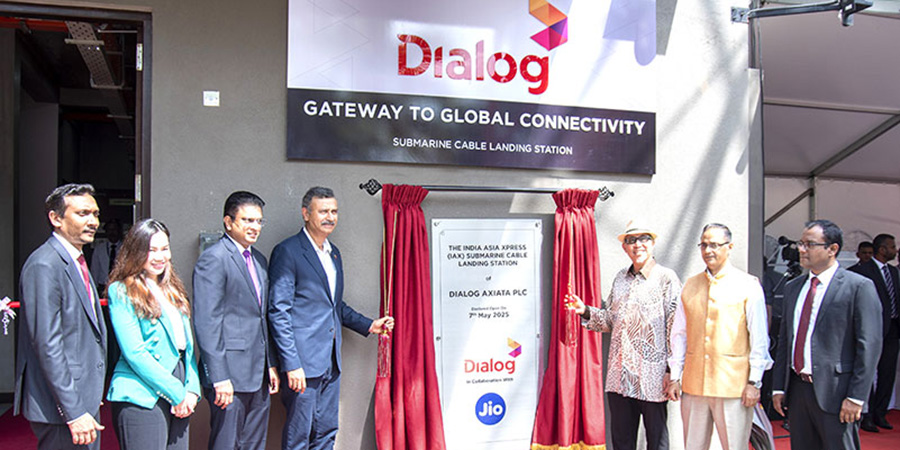
Chinese telecommunications behemoth ZTE Corporation, a major international provider of telecommunications, enterprise and consumer technology solutions for the Mobile Internet, today unveiled its 5G Common Core solution at the SDN NFV World Conference which was hosted in the Hague, Netherlands.
ZTE will launch the commercial version of this Common Core solution for 2/3/4/5G/Fixed in the first quarter of 2019, according to Mr Tu Jiashun, Principal Scientist of ZTE Virtualization, who delivered a speech in the theme of “Evolution to Common Core for 2/3/4/5G” and elaborated how ZTE is capable of assisting operators to build a more efficient, advanced and agile convergent core network to maximize network value at the event.
This solution, based on the latest 3GPP R15 SBA, adopts technologies such as CUPS (Control and User Plane Separation), convergent architecture, distributed resource pool, and network slicing to quickly build an agile and efficient convergent core network.
It aims to address various application scenarios in 2/3/4/5G/Fixed and vertical industries, so as to help operators carry out digital transformation and 5G evolution smoothly.
Cloudification is the foundation of 5G core network and the prerequisite for the evolution from 4G networks to 5G networks.
ZTE’s Common Core is used to deploy the cloud EPC network based on the CUPS technology and service architecture, thereby greatly improving O&M efficiency and resource utilization and helping operators reduce CAPEX and OPEX as well. It moves the user plane to edge DCs to improve user perception and save transmission resources.
Therefore, 5G technology can be applied to 4G networks ahead of time, improving the flexibility and advancement of the network, promoting service innovation, and bringing new business models. Hence, operators will share the benefits brought by technological changes in advance
Meanwhile, the vEPC based on ZTE’s Common Core can smoothly evolve to 5GC by upgrading NFs and adding a small number of 5G unique NFs, thereby reducing operators’ overlapping investments.
In addition, ZTE’s Common Core supports both 5G SA and NSA networking, and supports 5G key service capabilities, including data migration without user awareness, voice SMS, 4/5G core network interoperability, billing and network slicing, to help operators carry out 5G pilots and large-scale commercial uses.
As an indispensable leader in the 5G industry, ZTE is committed to building its 5G core technology capabilities and actively making applications and practices. In the future, ZTE will keep ramping up its investment in R&D, promoting the commercialization of advanced technologies, and working with industry partners to create an open and win-win industrial ecosystem.







